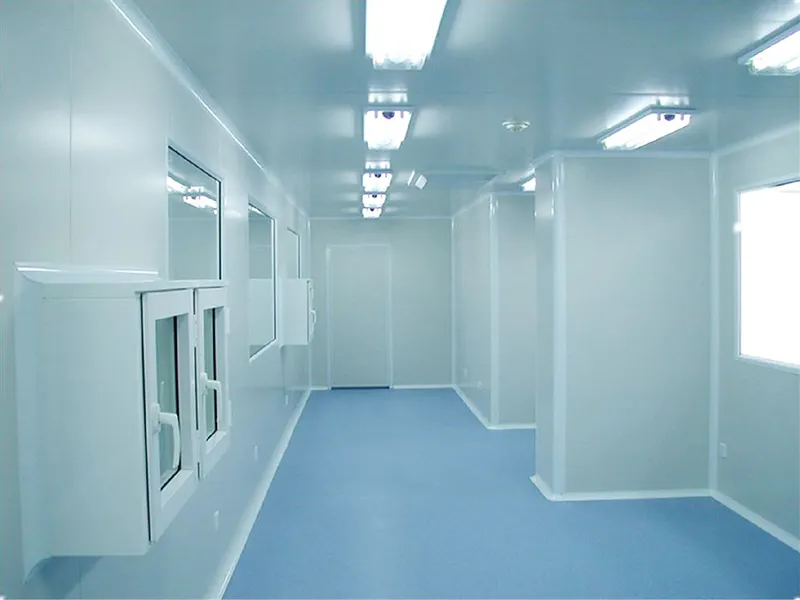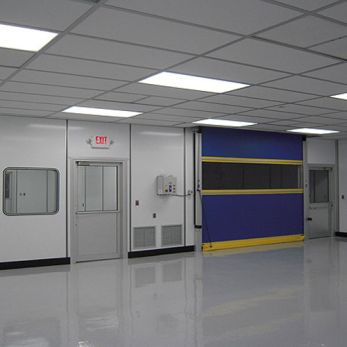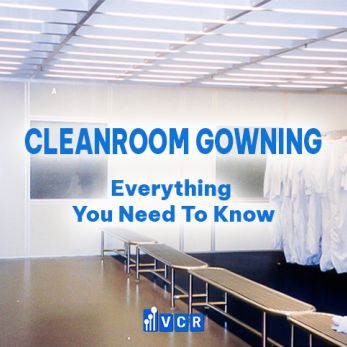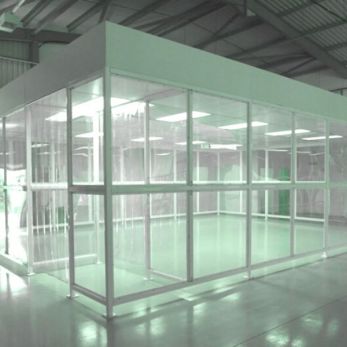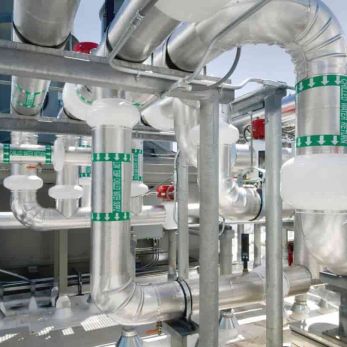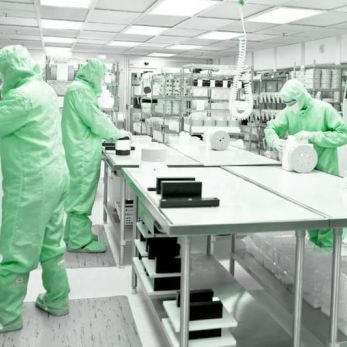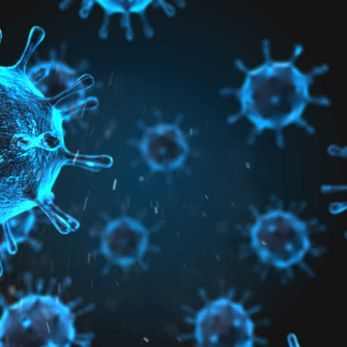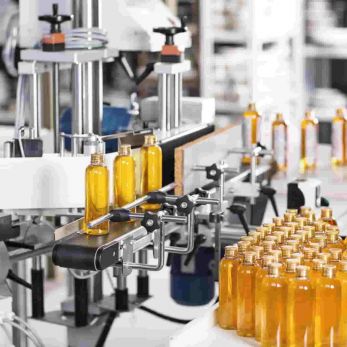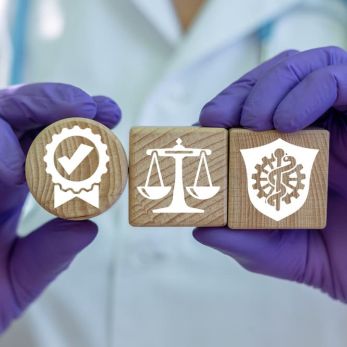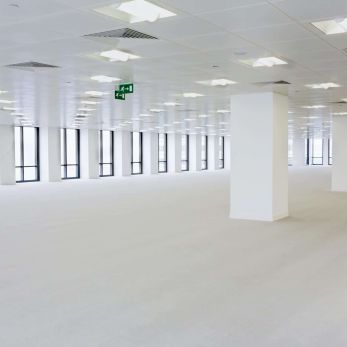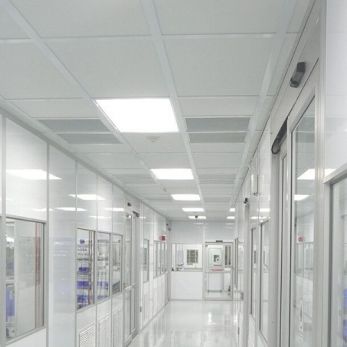What does cleanroom construction include?
Many customers are not very clear about what cleanroom construction includes. We have sorted out the engineering categories included in common cleanroom projects for reference. Let's find out!
Many customers are not very clear about what cleanroom construction includes. To help clarify, we have sorted out the engineering categories included in common cleanroom projects. Let's take a look!
Cleanroom construction mainly consists of the following parts:
1. Wall system
Simply put, there are three parts: ceiling, partition wall, and floor. These six sides constitute a three-dimensional closed space. The structure includes doors, windows, decorative arches, etc.
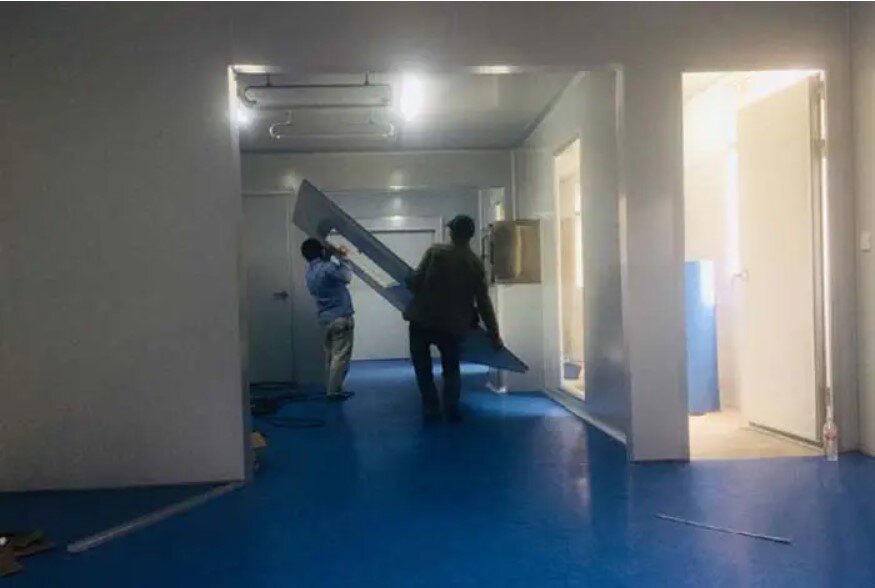
2. Lighting
Lighting, power supply, and low-voltage systems, including cleanroom light fixtures/cleanroom LED panel lights, sockets, electric cabinets, wiring, monitoring systems, telephones, and other strong and low-voltage systems.
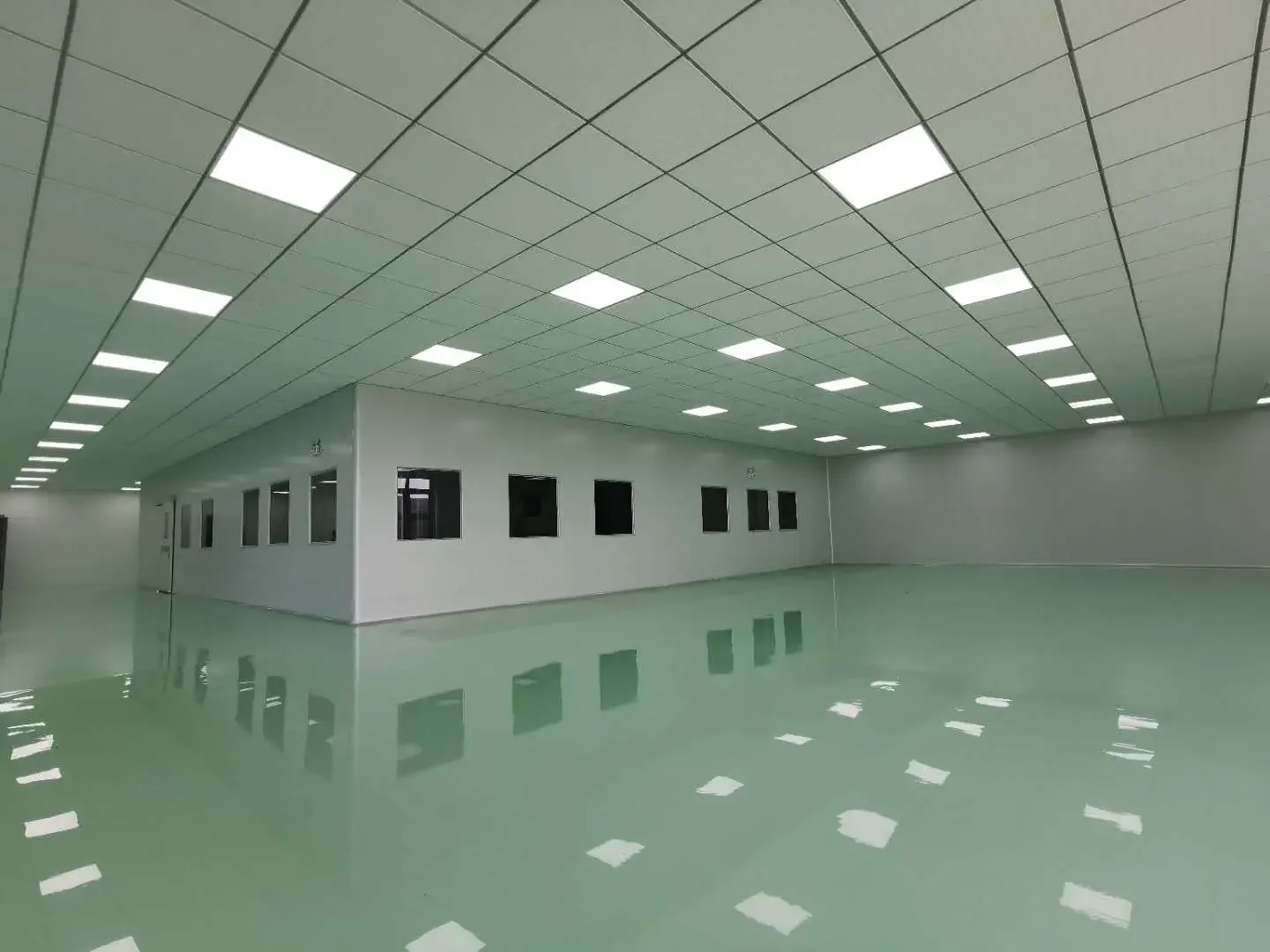
3. Air duct
This includes supply air, return air, fresh air, exhaust ducts, terminals and control devices, etc.
4. Air conditioning system
The system includes a cold (hot) water unit (including a water pump, cooling tower, etc.) or an air-cooled pipeline machine, pipelines, an air handling unit (including mixed flow section, primary effect section, heating/cooling section, dehumidification section, pressure section, mid-effect section, static pressure section, etc.).
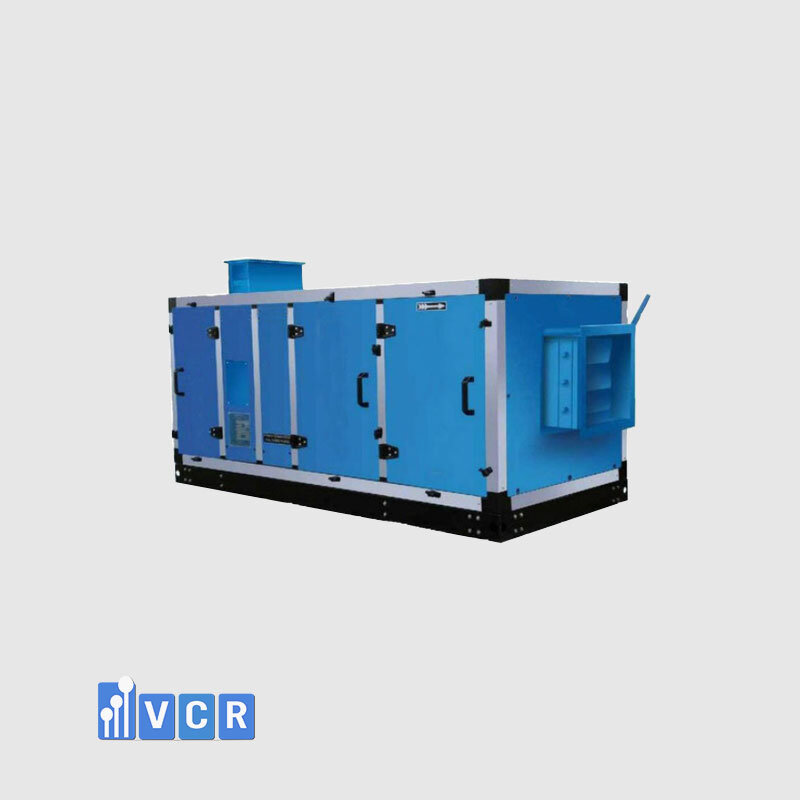
5. Automatic control system
This includes temperature control, air volume and differential pressure control, and time control, etc.
6. Water supply and drainage system
This includes water supply and drainage pipes, facilities, and control devices.
7. Air filter
This includes pre-filters, fine filters, and high-efficiency filters (HEPA filters and ULPA filters), etc.
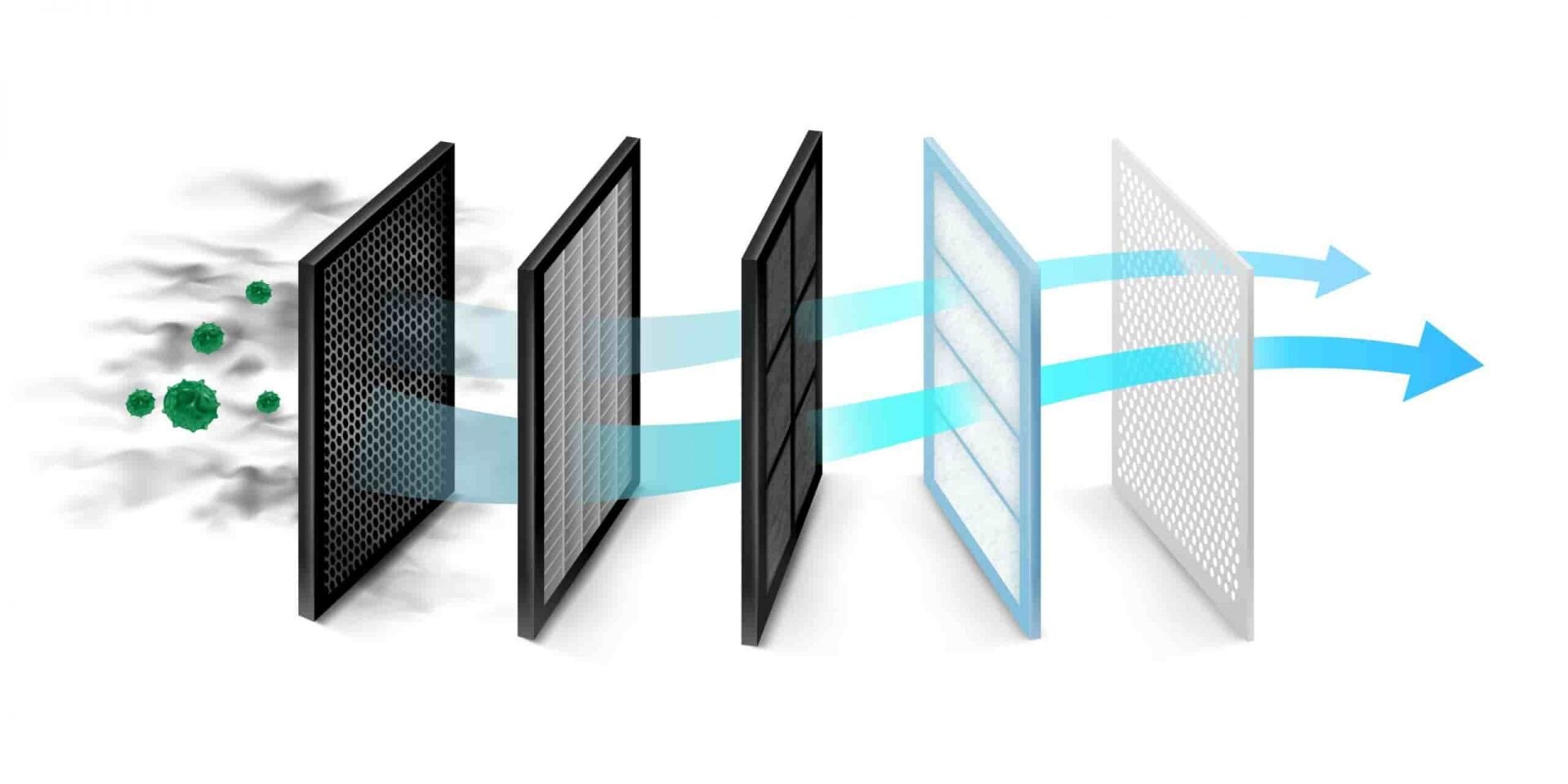
8. Other purification equipment
Such as ozone generators, ultraviolet rays, air shower rooms (including cargo shower rooms), transfer windows, ultra-clean workbenches, interlocking systems, and other purification auxiliary equipment.
These are the conventional parts of cleanroom construction.
Depending on the industry characteristics or manufacturing requirements, pure water systems, special gas systems, wastewater and waste gas systems, and air pressure systems may also be required.
9. Air compressor system
A typical air source system consists of the following parts: an air compressor, after-cooler, filters (including pre-filters, oil-water separators, pipeline filters, oil-removing filters, deodorizing filters, sterilizing filters, etc.), stabilized gas storage tanks, dryers (refrigerated or adsorption type), automatic drainage and sewage devices, gas pipelines, pipeline valves, instruments, etc.
These equipment components are combined into a complete gas source system based on the different needs of the technology process.
10. Pure water system
Purified water production equipment consists of multiple units of water treatment equipment. Based on the raw water quality report provided by the user and through software accounting and the expertise of technical engineers over many years, a complete set of processes has been systematically designed.
11. Special gas
Special gases refer to pure gases, high-purity gases, or binary or multi-element mixed gases prepared from high-purity element gases and used in specific fields with special requirements for gas.
There are many types of special gases, which can typically be divided into electronic gases, standard gases, environmental gases, medical gases, welding gases, sterilization gases, etc., and they are widely used in electronics, chemistry, biology, environmental monitoring, medicine, food, and other fields.
12. Waste water and waste gas
The key to wastewater and waste gas treatment is the classified collection, storage, centralized treatment, and centralized ventilation and discharge treatment of toxic and harmful gases.
The waste liquid is discharged according to the GB standard, and the waste liquid bucket is set up for centralized discharge to ensure the cleanliness of the clean room.
The above is the main engineering parts in cleanroom construction. Did you know all of these? If you have anything to add, please come up with it!






